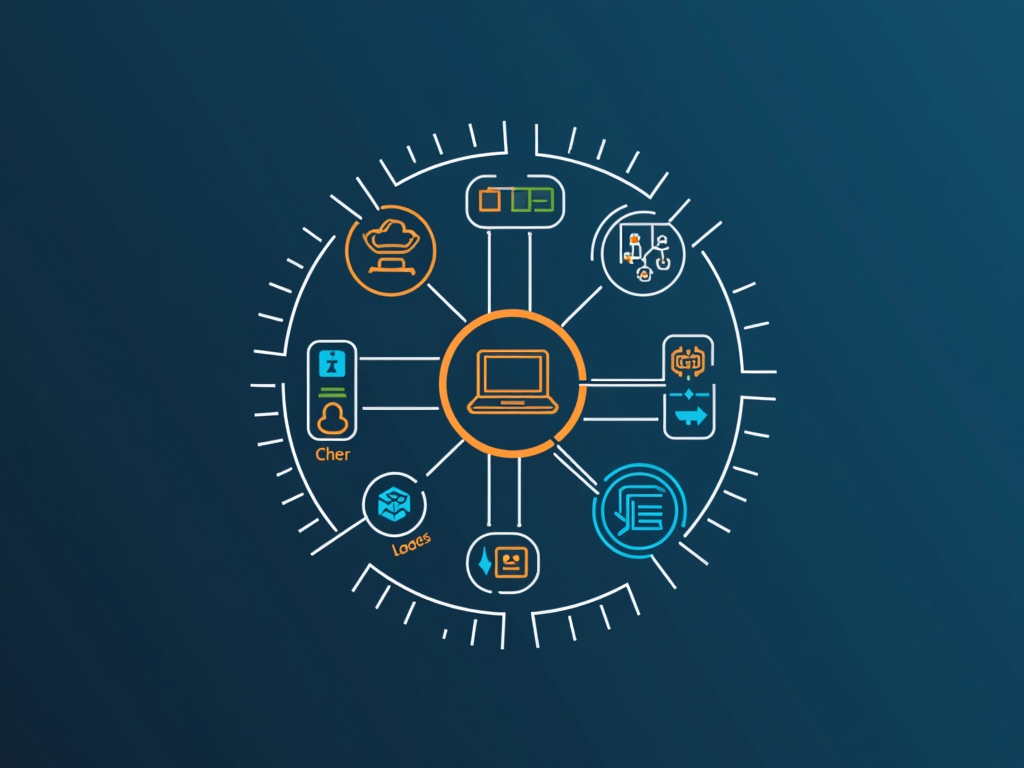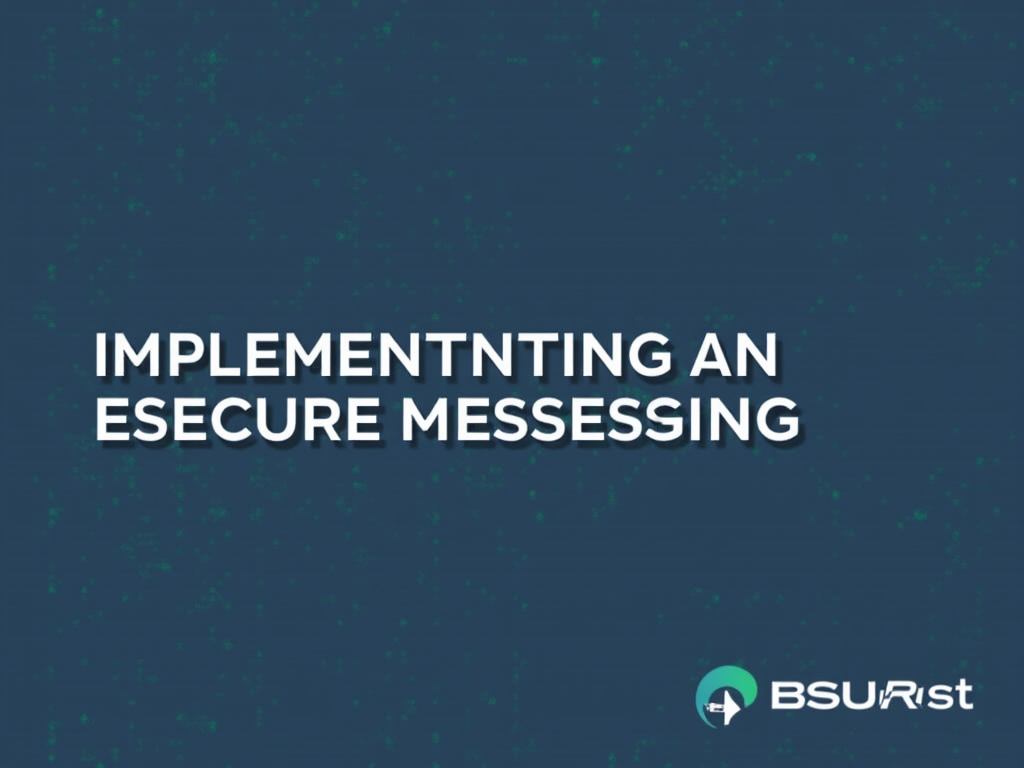How to Use a SIEM System for Incident Detection and Response
A Security Information and Event Management (SIEM) system is a powerful tool that helps organizations detect, collect, store, and analyze security-related data from various sources. In this article, we’ll explore how to use a SIEM system for incident detection and response.
What is a SIEM System?
Before we dive into the details of using a SIEM system, let’s first define what it is. A SIEM system is a type of software that collects and analyzes security-related data from various sources such as network devices, applications, servers, and other systems. The main purpose of a SIEM system is to provide real-time visibility into an organization’s IT infrastructure, allowing for the detection of security incidents, such as malware, hacking attempts, and insider threats.
Benefits of Using a SIEM System
Using a SIEM system provides several benefits, including:
- Improved incident detection: A SIEM system can detect security incidents in real-time, reducing the time it takes to respond to an incident.
- Enhanced visibility: A SIEM system provides a centralized view of an organization’s IT infrastructure, making it easier to monitor and manage security-related data.
- Compliance: Many regulatory requirements, such as PCI DSS and HIPAA, require organizations to implement a SIEM system for monitoring and logging security-related data.
How to Use a SIEM System
Now that we’ve covered the benefits of using a SIEM system, let’s move on to how to use it. Here are the steps:
Step 1: Configure Data Sources
The first step in using a SIEM system is to configure your data sources. This includes setting up connections with your network devices, applications, and other systems that generate security-related data. Common data sources include:
- Network devices: Firewalls, routers, switches, and other network devices that can provide logs and alarms.
- Applications: Web-based applications, databases, and other software that generates security-related data.
- Servers: Physical or virtual servers that generate logs and other security-related data.
Step 2: Set Up Event Processing
Once you’ve configured your data sources, the next step is to set up event processing. This includes defining rules and thresholds for detecting security incidents. For example, you might define a rule that alerts you when an unknown IP address attempts to connect to your network.
Step 3: Monitor Events
With your data sources configured and event processing set up, it’s time to monitor events. This involves reviewing the logs and alarms generated by your SIEM system for signs of security incidents. You might also use dashboards or other visualizations to gain insights into your organization’s security posture.
Step 4: Respond to Incidents
When a security incident is detected, you’ll need to respond quickly and effectively. This includes:
- Containment: Isolate the affected systems or network segments to prevent further damage.
- Eradication: Remove malware or other malicious code from infected systems.
- Recovery: Restore systems and data to their normal state.
Step 5: Analyze Incidents
After responding to an incident, it’s essential to analyze what happened. This includes:
- Reviewing logs: Reviewing logs and alarms generated by your SIEM system can help you understand the nature of the incident.
- Conducting forensics: Conducting a forensic analysis of affected systems or network segments can provide valuable insights into the incident.
Conclusion
Using a SIEM system is an essential part of any organization’s security strategy. By configuring data sources, setting up event processing, monitoring events, responding to incidents, and analyzing incidents, you can detect and respond to security incidents quickly and effectively. Remember to always follow best practices for implementing and using a SIEM system, and don’t hesitate to seek help if you need it.
Additional Resources
- SIEM System Vendors: Check out some of the top SIEM system vendors, including Splunk, IBM QRadar, and LogRhythm.
- SIEM Best Practices: Follow best practices for implementing and using a SIEM system, such as setting up event processing rules and monitoring logs.
I hope this article has been helpful in providing you with a detailed guide on how to use a SIEM system for incident detection and response. If you have any questions or need further assistance, please don’t hesitate to reach out!



